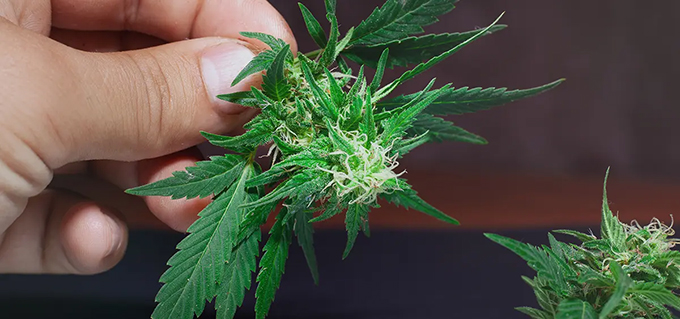Title of course:
Anthropology of Cannabis
What prompted the idea for the course?
Whenever I taught my medical anthropology course, I noticed that students were most curious about the section of the course that deals with the uses of plants, fungi and other species for a range of medical purposes. Those purposes included healing, psychological well-being, ritual and spiritual awakening, to name a few.
Once Connecticut, the state where I work, legalized recreational cannabis, I decided it was timely to take the plant section from the original course and expand it to a 14-week course of its own. It was also an opportunity to introduce students to the discipline of anthropology through a topic I knew many of them found interesting. I decided to focus on cannabis instead of the entire panoply of plants and other species, since it was the one plant being legalized in the state at that time.
What does the course explore?
Throughout the course, we focus on the different cultural and political significance of cannabis in other geographical contexts. We look at the representation of cannabis in art, literature and pop culture, as well as what the science of cannabis tells us about its impact on health and well-being.
We also look at the way stigma and racism impact cannabis users and producers in the United States and elsewhere.
We end the course with students writing letters to themselves in which they imagine how the legal and social landscape for cannabis will be in five years, in the U.S. as well as globally. I plan to send them these letters in 2028.
Why is this course relevant now?
While cannabis has long been a part of human existence, the legal and political landscape of cannabis production is rapidly changing. Even if they are not cannabis consumers, students will at least become more aware about the role that cannabis plays in today’s society.
Students may want to know how they can participate in the business side of cannabis. Or they may be interested in doing research on the uses and abuses of the plant.
The course also offers students a way to think about the stigma and discrimination faced by cannabis users and how different cultural systems define and treat behaviors that are deemed deviant.
What’s a critical lesson from the course?
My main objective is to have students develop an informed understanding of cannabis as a plant and as a cultural fact. I want them to approach the study of cannabis with an open mind and to walk away with a greater understanding of how harmful stigma can be to individuals in any society. I would hope everyone leaves informed and less inclined to stereotype others.
What materials does the course feature?
We read passages from anthropologist David Crawford’s “Dealing with Privilege: Cannabis, Cocaine, and the Economic Foundations of Surburban Drug Culture,” which challenges the stereotypes that many white people and politicians hold about drug dealing and also explores how drugs became raced and classed entities.
We also read “Understanding and Rebalancing: A Rapid Scoping Review of Cannabis Research Among Indigenous People,” which gives students an opportunity to learn more about Indigenous peoples and cultures alongside learning more about the cannabis plant itself.
And we watch “Reefer Madness,” a 1936 film meant to be a cautionary tale about the presumed dangers of marijuana use.
What will the course prepare students to do?
Students leave the class better informed about cannabis as a plant and with a better appreciation for the complexity of “drugs” in society. I believe the class also helps students to become more informed citizens, since the laws that govern the use and research on cannabis and other related plants are as much a political issue as they are social.
Author Bio: Hillary Jeanne Haldane is Professor of Anthropology at Quinnipiac University

